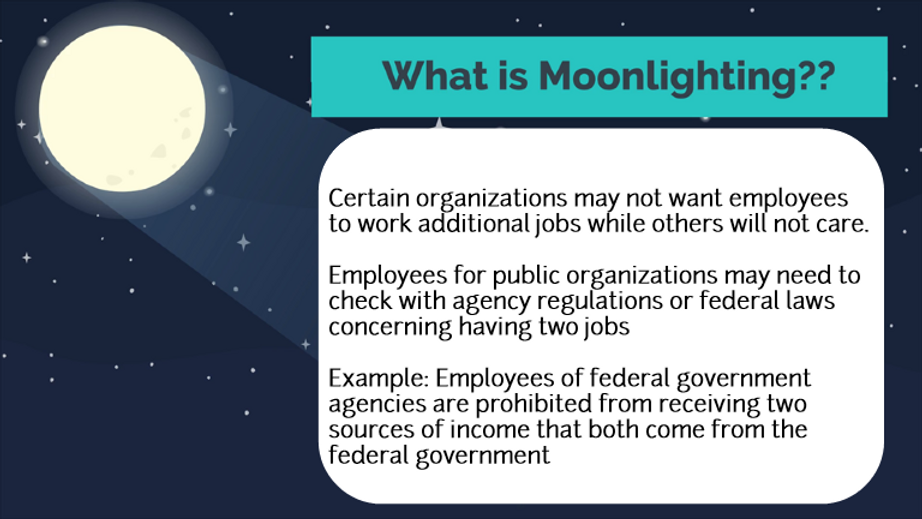As an instructional designer, tailoring content to meet the unique needs and preferences of each client is essential. This course is an example from my time as a freelance designer. I created this training for a company that wanted highly engaging lessons while leveraging their existing subscription to Vyond. The training focused on soft skills relevant to the insurance industry, including construing codes, leadership strategies, and moonlighting practices.
To meet the client’s goals, I integrated Vyond’s animated storytelling capabilities with Articulate Storyline 360’s interactive features, creating a dynamic and visually engaging learning experience. This project highlights my ability to blend animation and interactivity to enhance learner engagement while adhering to brand and platform constraints.
The version shared here has been stripped of all proprietary and business-sensitive content, including legal disclosures, copyrighted material, and internal assessments. Any parts with instrumental sound once contained sensitive information in voice over narration. What remains is a clean, illustrative example of how Vyond can be effectively embedded within the Articulate platform to deliver impactful soft skills training.
-
Responsibilities: Instructional Designer
-
Target Audience: Insurance Professionals
-
Tools: Articulate Storyline 360, Vyond
-
Budget: low
-
Year: 2021
Background
As a freelance instructional designer, I’ve had the opportunity to support a range of businesses with custom learning solutions. One such project involved a small insurance company preparing to launch a new learning management system. They requested a five-part training series that would be engaging, easy to follow, and built using the software platforms they had already invested in.
During early strategy sessions with their subject matter experts, it became clear they wanted the training to feel like a YouTube-style video—casual, visual, and relatable. They shared examples using Vyond’s Whiteboard animation style, which helped guide the creative direction. After reviewing their preferences, we selected Vyond’s Business Friendly cartoon pack to add personality and clarity to the content.
To build the course structure and interactivity, I used Articulate Storyline 360. Its seamless integration with Vyond animations allowed me to create a cohesive experience that combined animated storytelling with interactive elements like quizzes, branching scenarios (included in final project), and learner feedback (included in final project). Throughout the project, I collaborated closely with their internal team to ensure the training aligned with both instructional goals and platform capabilities.
.png)
Process and Design
While instructional design has traditionally been associated with large corporations, small to mid-sized businesses are increasingly recognizing its value—especially when it comes to managing internal training systems and creating engaging learning experiences within limited budgets. One such example comes from a project I completed for a small insurance company preparing to launch a new learning management system (LMS). Having invested a significant portion of their training budget into the LMS itself, they were seeking a handful of courses to introduce and engage learners with the new platform.
Though they had partnered with an external LMS provider, they were new to the course design process. I worked closely with their team to understand their goals, audience, and available resources. To kick off the project, I developed a scope and sequence—also known as a project charter—that outlined deliverables, timelines, fees, and licensing needs. The plan included five custom courses to be delivered over a three-month period, one of which is featured here (with all sensitive and proprietary content removed).
During the review process, the client expressed concern about the cost of multiple software licenses typically used in instructional design. Through open and collaborative negotiation, we found a solution: I offered a monthly licensing fee for my use of Articulate Storyline 360 and leveraged their existing Vyond subscription by creating a new user profile. This approach reduced overhead and made the project financially viable for both parties without compromising quality.
Throughout development, I prioritized inclusive design by ensuring all animated characters aligned with the company’s internal DEI standards. Vyond was used to present content in a fun, approachable way—ideal for introductory material—while Articulate Storyline 360 was reserved for deeper dives into complex topics, interactive knowledge checks, and end-of-course assessments.
Although this example excludes sensitive content, it demonstrates how Vyond can be effectively used to boost learner engagement, especially when working within budget constraints. Other samples in my portfolio showcase the full capabilities of Articulate Storyline 360 and my approach to building high-quality, scalable training solutions.
This project reflects the core of instructional design as a business: strategic planning, thoughtful collaboration, budget-conscious decision-making, and a commitment to delivering meaningful learning experiences.

Takeaways
This project was a pivotal learning experience in both instructional design and the business side of freelancing. At the time, I had just completed my certificate program at Georgia State University and was stepping into the field as a young, enthusiastic designer. My master’s degree in Educational Leadership had equipped me with the skills to manage teams and lead initiatives—skills I now applied to running my own freelance business. While I had a strong conceptual foundation, this was my first time managing a project of this scale independently.
I drew on everything I had learned—from formal education to self-taught skills and prior work experience—to deliver results. The client, aware of my limited experience, gave me a chance and collaborated with me throughout the process. Their trust and support helped me build confidence, refine my workflow, and lay the foundation for future freelance opportunities. It was a true example of growth through partnership and a turning point in my journey as an instructional designer.
From this project, I was able to grow my client base and was able to work with a variety of companies in a variety of fields including finance, robotics, and non-profits. This time helped me secure my position at Optum which only refined my skillset as an instructional designer and project manager.

